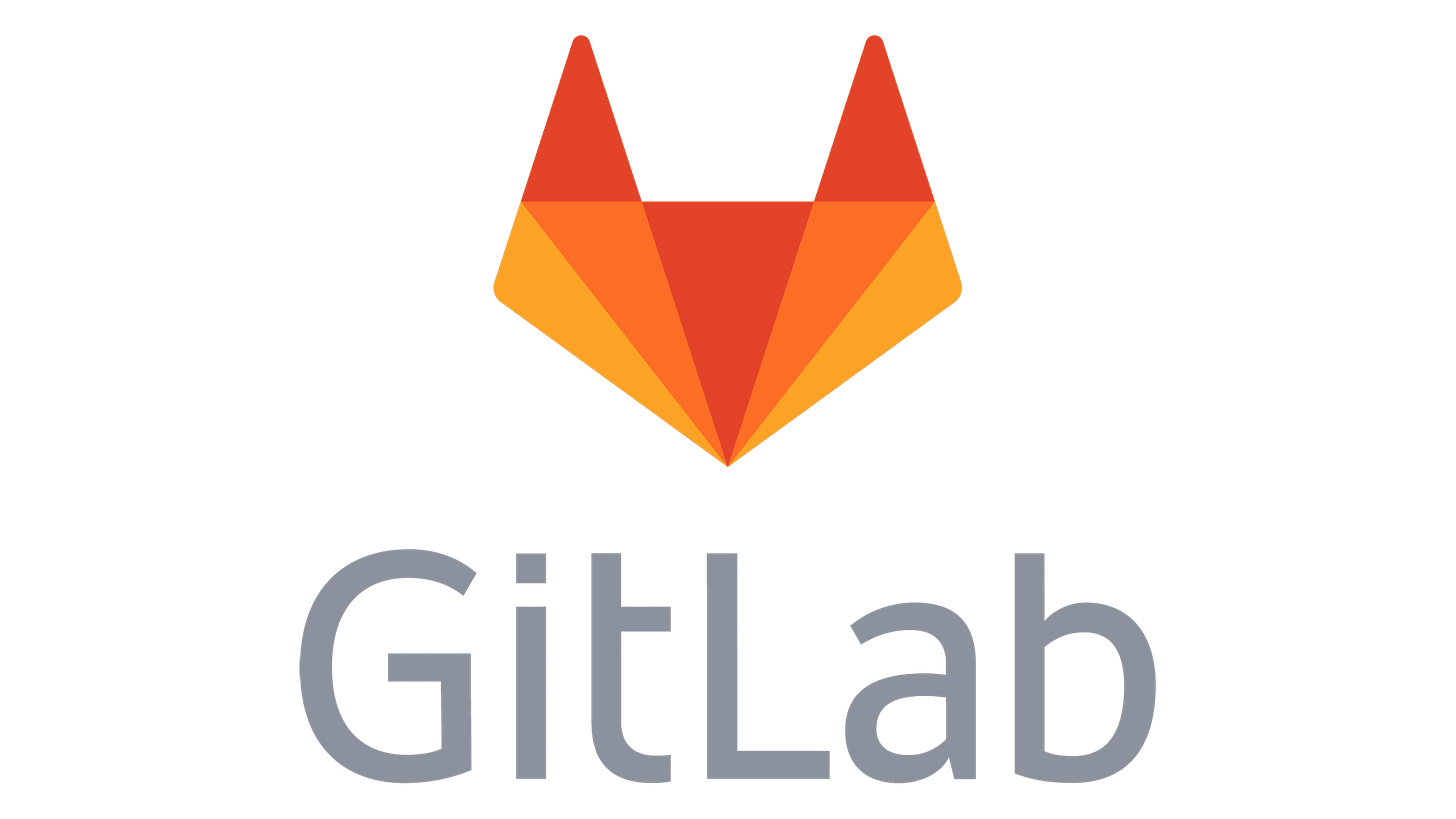🧠 Knowledge Series #6: How to use AI for strategy creation (part 1)
AI prompts and tools to boost your strategic thinking
🔒The Knowledge Series is a series of easy to read guides designed to help you plug the gaps in your tech knowledge so that you feel more confident when chatting to colleagues. Clearly explained in plain English. One topic at a time.
If you’re a free subscriber and you’d like to upgrade to receive them you can do so below. Or you can find out more about paid access here.
Hi product people 👋,
If you’re anything like me, then you’re probably feeling a little AI-fatigued at the moment. Every other day we’re hearing about a bunch of new AI-powered features that have been released by product-led companies. Sometimes, these new features or products are useful, other times they feel a little like a box-ticking exercise.
Indeed, in 2023 it feels as though any tech business that doesn’t include some type of new AI-powered feature in their product roadmap is likely to suffer the wrath of execs who demand AI-features to stay relevant. Whether they add meaningful value or not.
In this edition of the Knowledge Series, we’re going to take a step back and consider not how you might build new AI features of your own, but rather how you can use AI for developing your strategy.
We’ll explore how you can use OpenAI / ChatGPT prompts in combination with frameworks and AI tools to develop a solid strategy for your product.
Coming up in part 1 of 2:
🤨 What is strategy?
👁️ Setting your vision
📊Business model design and monetization: frameworks and AI combined
In part 2, we’ll continue with the second half of this guide where we’ll explore product differentiation, customer segmentation, market analysis and strategy validation.
As always, if you have any feedback, drop us a comment below!
Rich at DOP
What is strategy?
As tech companies continue to focus their efforts on boosting productivity and revenue generation, strategy can sometimes be perceived as a buzzword used by middle management to avoid having to produce anything of meaningful value.
In some companies, designers and developers hear the word strategy and think to themselves ‘sure, but when are you going to do some real work?’. Strategy and buzzword bingo often go hand in hand but when a sharp exec produces an inspiration strategy that sets out clearly the course of action for the company, this can make people feel something; clarity, a sense of purpose and path to win.
If you’ve been tasked with developing a strategy of your own, Michael E Porter’s definition of strategy is a helpful starting point to guide your thinking
Strategy is the distinctive position you seek to occupy in your market and the advantages on which you will compete
- Michael E Porter
The two parts of this worth noting are ‘distinctive position’ and ‘advantages’. At its core, strategy is simply deciding what position to take in your market and identifying the ways you’ll succeed through unique advantages.
In a tech context, a product strategy includes more detailed components:
Setting a vision - who are you and what is your purpose?
Business model and monetization - what are your unit economics and how will you make money?
Differentiation - why will customers choose you over the competition? What makes you unique?
Customer segmentation and market trend analysis - who are you selling your product to? What new market trends do you need to be aware of and why?
Strategy validation - how can you validate your strategy before executing it?
We’ll use these components to help us build a product strategy with the help of AI.
How to use AI to build your strategy
To make things a little easier to follow, we’re going to pretend we’re working at a new pet insurance company that specialises not just in health insurance but also in preventative measures pet owners can take to help keep their pets healthy.
We’ll start by creating a vision.
Setting a vision
A vision can be set at a company-wide level or a product-specific level. Here’s some example of company visions
Examples of company visions
Our vision is to create a better everyday life for many people - Ikea
Our vision is to be earth’s most customer-centric company; to build a place where people can come to find and discover anything they might want to buy online - Amazon
Change all creative work from read-only to read-write so that everyone can contribute - GitLab
Unlock the potential of human creativity - by giving a million creative artists the opportunity to live off their art and billions of fans the opportunity to enjoy and be inspired by it - Spotify
Empower people through great software anytime, anyplace and on any device - Microsoft
Prompts you can use
To enlist the help of AI in crafting your own vision statement, you can use a prompt like this.
First, we start by giving ChatGPT some wider context about who you are, your value proposition and what you’re trying to achieve:
You are a chief product officer for a company called Happy Pet specialising in pet insurance. Your company is building a new type of pet insurance that includes prevention of disease through healthy foods which come as part of the monthly payment.Next, we’ll ask it to generate some vision statements to help inspire you. Providing it with some examples will help to shape the suggestions it gives back:
Create 5 1 sentence product vision statements for me to choose from that outlines the company's value proposition.
Be friendly, but authoritative.
Use these vision statements as samples to inspire you:
1. Gitlab - Change all creative work from read-only to read-write so that everyone can contribute
2. Spotify - Unlock the potential of human creativity—by giving a million creative artists the opportunity to live off their art and billions of fans the opportunity to enjoy and be inspired by it
3. Microsoft - Empower people through great software anytime, anyplace, and on any device 






